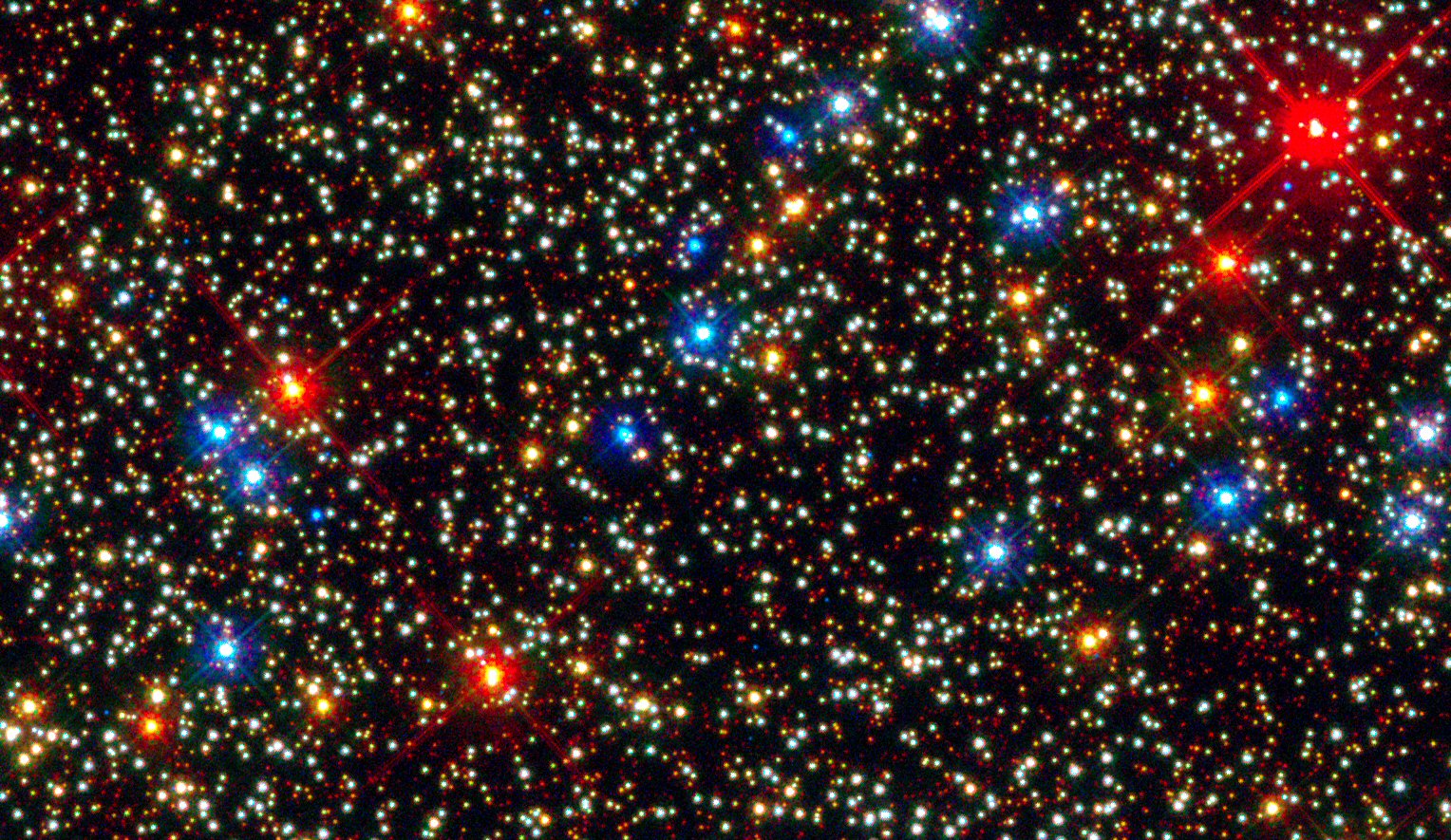Daily Image
26-04-2012A systematic variation of the stellar mix in early-type galaxies
| Submitter: | Tom Oosterloo |
| Description: | Star formation is a very complicated process that results in stars of all sorts and sizes. To understand galaxy evolution it is important to know how many stars of any kind there are in a galaxy, and have been over time. It is equally important to know whether there are systematic differences in these properties between different kinds of galaxies. In a Nature paper which appears today, led by Michele Cappellari (Oxford) and Richard McDermid (Gemini Observatory) of the ATLAS3D collaboration (including Paolo Serra, Tom Oosterloo and Raffaella Morganti of Astron), evidence has been found that in different kinds of galaxies, when stars form, the mix of the population of the stars is different. Key to the ATLAS3D project is that high-quality data, both spectroscopy and imaging, in many wavebands are collected. This allows the team to derive many important properties of the galaxies and combine all this information in the analysis of the sample of galaxies. Among the various datasets of ATLAS3D is detailed optical spectroscopy of the kinematics of the stellar population which can be used to determine the mass distribution in a galaxy. Together with models for the stellar population, also derived from the spectroscopy, this provides an ideal dataset for studies stellar populations and such. The study convincingly demonstrates that a single, universal mix of stellar types is inconsistent with real galaxies and poses an interesting challenge to galaxy formation models. Although galaxies merge hierarchically, it is believed that massive galaxies formed most of their stars quickly in more intense starbursts, while other galaxies formed most of their stars in a more gentle and longer process. One implication of the result is that those galaxies that formed stars early have many more faint, old, red stars than other galaxies. A new generation of theoretical and observational studies will have to provide insight into which physical mechanisms are responsible for the systematic variations observed. The image shows the inner regions of Omega Centauri: the tiny red stars (blue is hot red is cold) are the sort of faint stars that can be imaged in a nearby cluster like this one but cannot be seen in distant galaxies. The results of this ATLAS3D study is that old galaxies are dominated by little red stars like these. |
| Copyright: | NASA/ESA/Anderson/van der Marel |
| Tweet |  |
